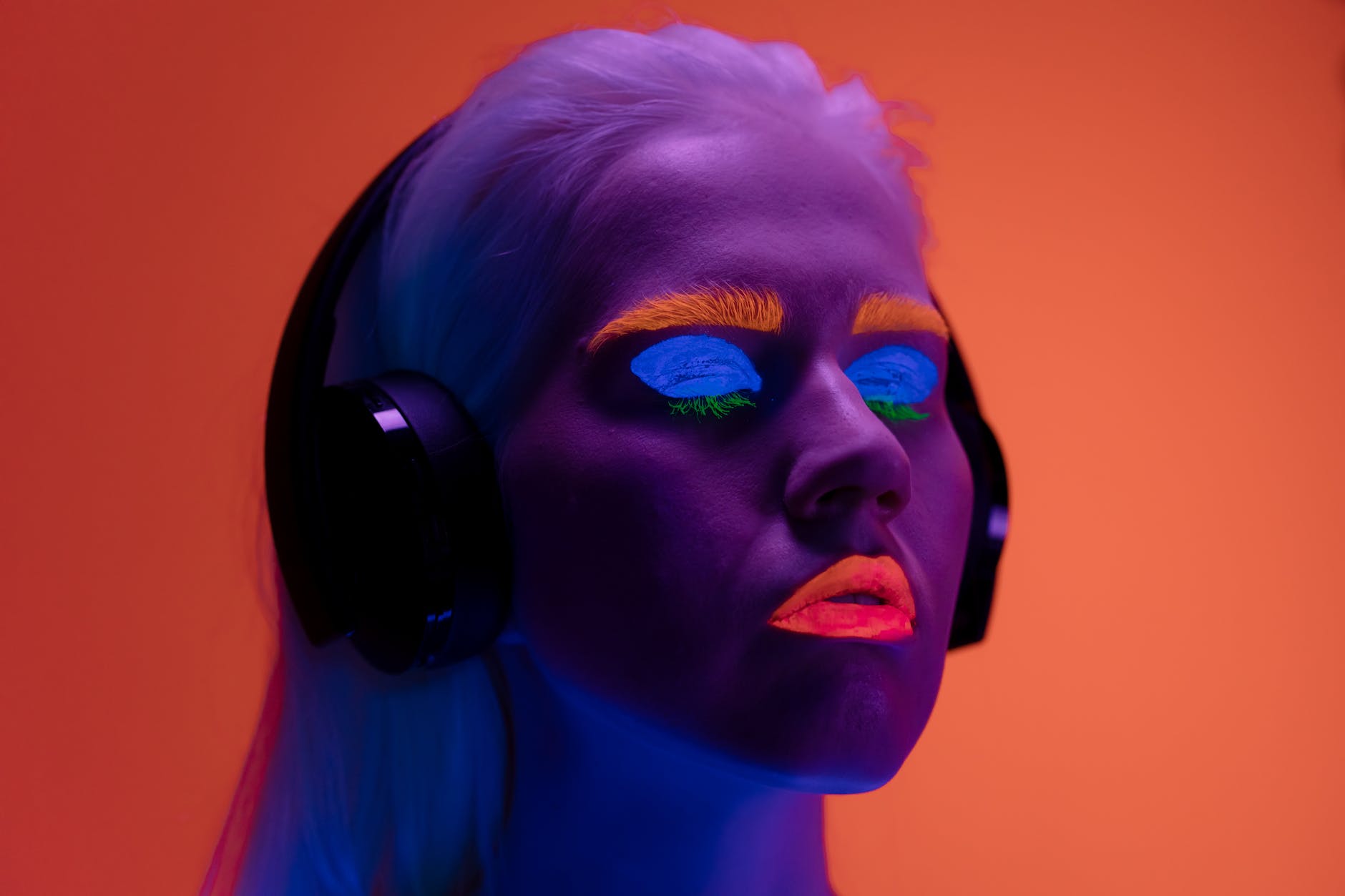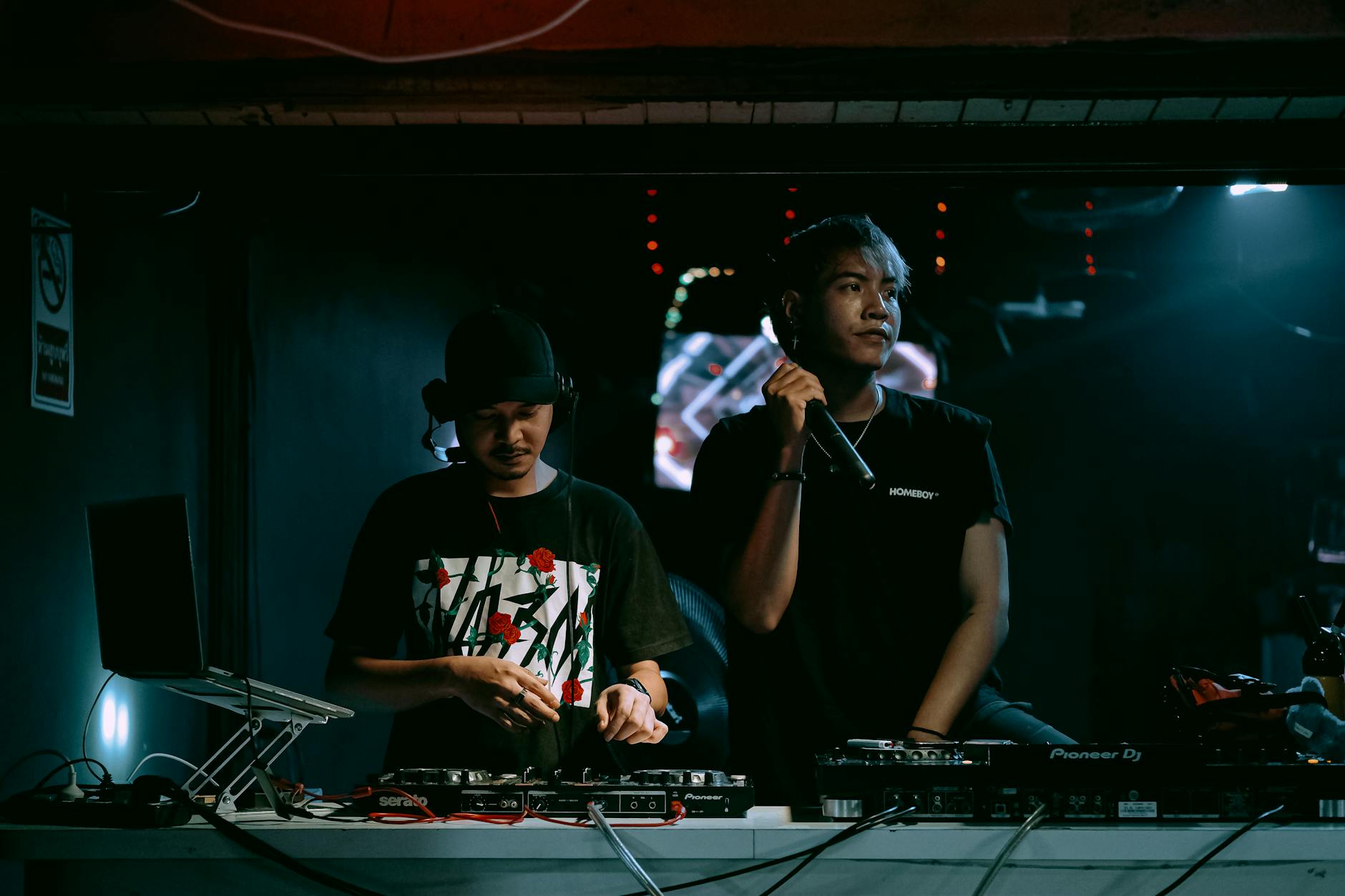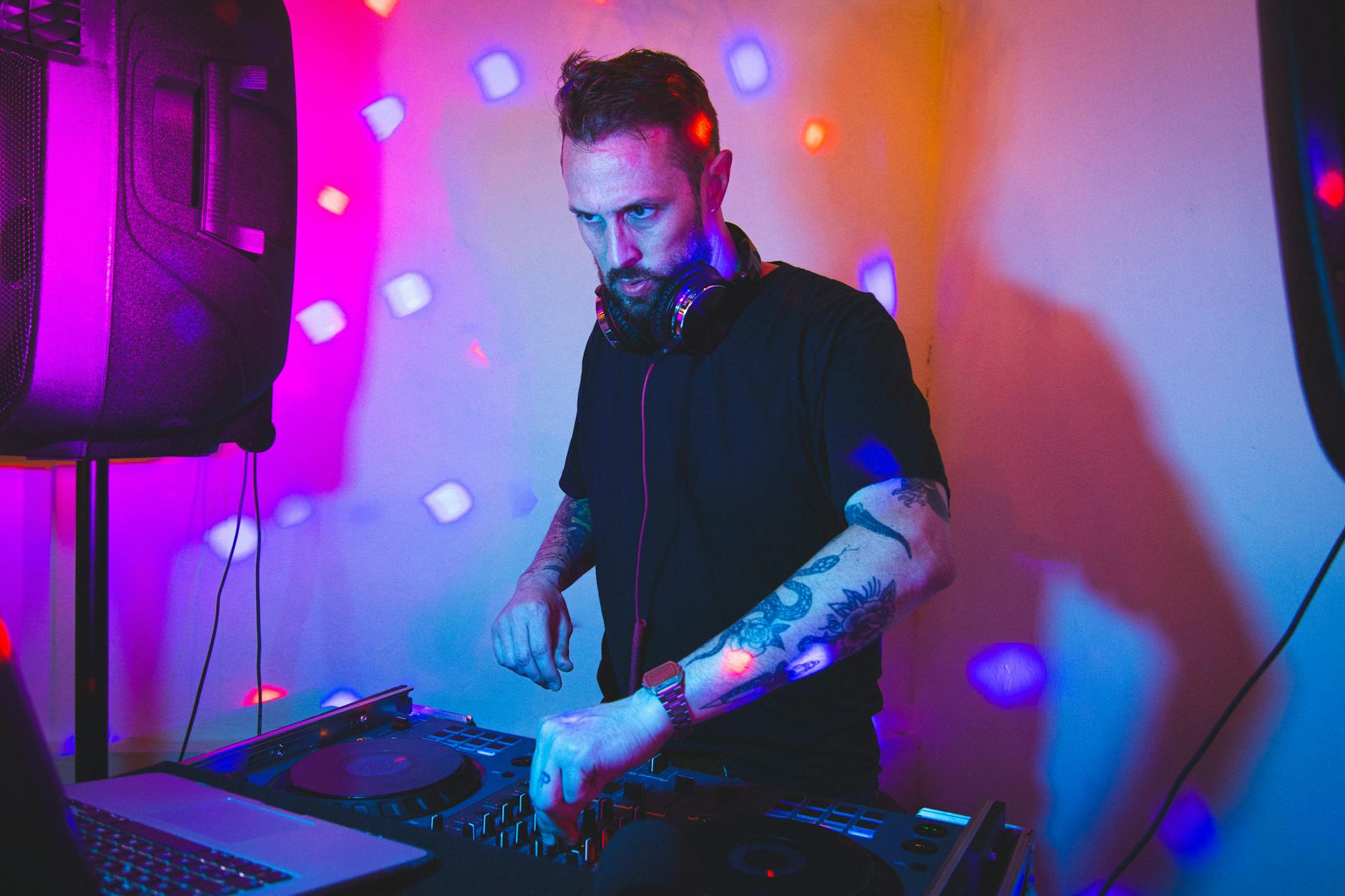Music, a universal language, has the power to shape our mood, stir emotions, and transcend our everyday consciousness. Psychedelics, on the other hand, can shift our perception to the brink of a realm that often seems beyond words. What happens, then, when the two intersect? This article explores the fascinating dimensions of the perception-altering psychedelic experience and how it intertwines with music.
For the uninitiated, the term ‘psychedelic’ originates from two Greek words – ‘psyche’ (mind) and ‘delos’ (manifest). Thus, it aptly refers to mind-manifesting substances that can initiate a transcendental shift in consciousness. This shift often results in rapid and dramatic changes in mood, thought, and perception, much like a profound, interactive journey through one’s own mind.
It’s important to note that the experience of psychedelics isn’t always predictable. It can be wildly different from person to person, and from one instance to another. Adding music into the equation introduces another layer of complexity. Music, with its powerful auditory properties, can dramatically steer and shape the course of an individual’s psychedelic journey.
Music and its elements – rhythm, melody, harmony – all of which boil down to the same primordial fact – vibration. As humans, we are physiologically wired to respond to these vibrations. Our hearts beat in time with the music, a complement to our physical existence. In a psychedelic state, these responses can be exponentially amplified, creating soundscapes that encompass and integrate all of our senses.
One intriguing phenomenon that seems to exist at the intersection of psychedelics and music is synesthesia – the melding of sensory experiences, such as seeing colors when hearing music. Synesthesia best encapsulates the transformative quality of the psychedelic experience, where boundaries between the senses become blurred, and one perception can lead to a multitude of sensory experiences.
Improvisation also plays a crucial role in the interplay between psychedelics and music. With its spontaneous nature, improvisation echoes the unpredictable, fluid character of the psychedelic experience. Whether it’s the free-form jazz solos of the 1960s or the sprawling instrumental jams of today’s post-rock scene, improvisational music seems to mirror the unconstrained quality of psychedelic consciousness, eschewing rigid structure in favor of organic, unscripted evolution.
There’s no denying the deep-rooted connection between psychedelics and music, particularly psychedelic music that emerged in the 1960s. Artists such as The Beatles, Pink Floyd, and Jimi Hendrix experimented with these substances to explore new areas of consciousness and subsequently channeled these experiences into their music. The result was a flourishing of musical innovation that continues to inspire artists today.
Whether it’s stirring the senses with synesthesia, driving the beat of the hearts, inspiring improvisation or echoing the transcendental nature of our consciousness, the connection between psychedelics and music is both fascinating and complex. Although the relationship between the two is often subjective and personal, the transformative experiences they together can evoke are indeed universal.
The journey through the realms of psychedelics and music is a voyage of discovery. It offers glimpses into the unexplored territories of the human mind and showcases the extraordinary power of music as a conduit for psychological exploration. Despite the vastness of this field, one conclusion rings clear: music, when paired with psychedelics, can unlock doors to dimensions of consciousness that stand beyond the ordinary.
Thus, the symphony continues, a dynamic duet between psychedelics and music – an exploration, an experience, a revelation.








